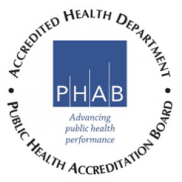What is PRAMS?

The Pregnancy Risk Assessment Monitoring System (PRAMS) is a joint research project between the Health Statistics Branch of the Arkansas Department of Health and the U.S. Centers for Disease Control and Prevention (CDC). The PRAMS survey was started by the CDC in 1987 to provide states information they needed to reduce the number and percentage of babies that are low birthweight and to prevent infant mortality. The program was later expanded to support the CDC’s Safe Motherhood Initiative to help women have healthy pregnancies and deliver healthy babies. Arkansas has been conducting the survey since 1997.
Who is selected for the survey?
Women who receive the survey are chosen from a sample of all women who recently had a live birth, so findings can be applied to all Arkansas women who have recently (2 to 4 months) gave birth to a live infant in Arkansas. Arkansas sends surveys to about 2,000 or more women a year.
What information is collected on the survey?
The PRAMS survey collects information from new mothers about their experiences and behaviors before, during, and after their pregnancy that might affect the health of their baby. This information includes such topics as pregnancy intention, smoking, drinking, prenatal care, breastfeeding, and flu vaccinations. The PRAMS dataset also includes information from the birth certificates that can be analyzed to help improve the health of infants.
Because the same data collection methods are used in all states conducting the survey, Arkansas data can be compared to data from other states.
How are PRAMS data used?
PRAMS data are used in a number of ways:
- To develop programs or interventions to improve infant health,
- To identify groups of women at high risk for infant health problems,
- To monitor changes in factors related to infant health,
- To measure progress towards goals in improving the health of infants.


